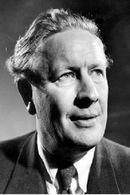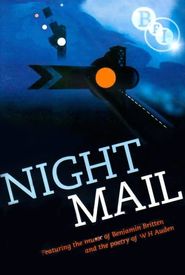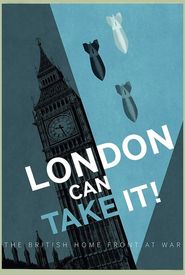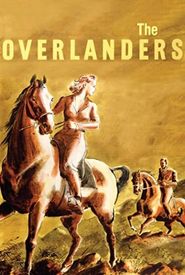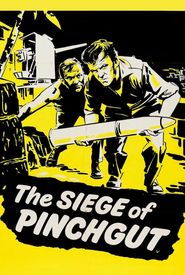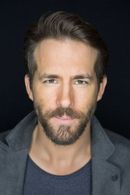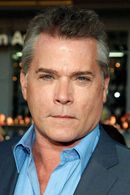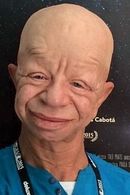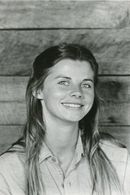Scottish-born film director Harry Watt embarked on his illustrious career in the 1930s, a period marked by the dawn of a new era in cinematic storytelling. As the world teetered on the brink of global conflict, Watt's early work was characterized by his skillful direction of several documentaries, with his most notable contribution being the 1941 film "Target for Tonight". This seminal work showcased Watt's ability to craft compelling narratives amidst the turmoil of World War II.
Following the war, Watt joined the esteemed Ealing Studios, where he went on to direct a quintet of films that were all shot on location in Africa or Australia. This unique setting provided the perfect backdrop for Watt to hone his skills as a visual storyteller, and his films during this period continue to be celebrated for their breathtaking cinematography and captivating narratives.
As the 1950s dawned, Watt's focus shifted to television, where he continued to hone his craft and push the boundaries of the medium. However, it wasn't long before Watt's roots as a documentary filmmaker began to stir once more, and he returned to his passion for capturing the world around him on film.
